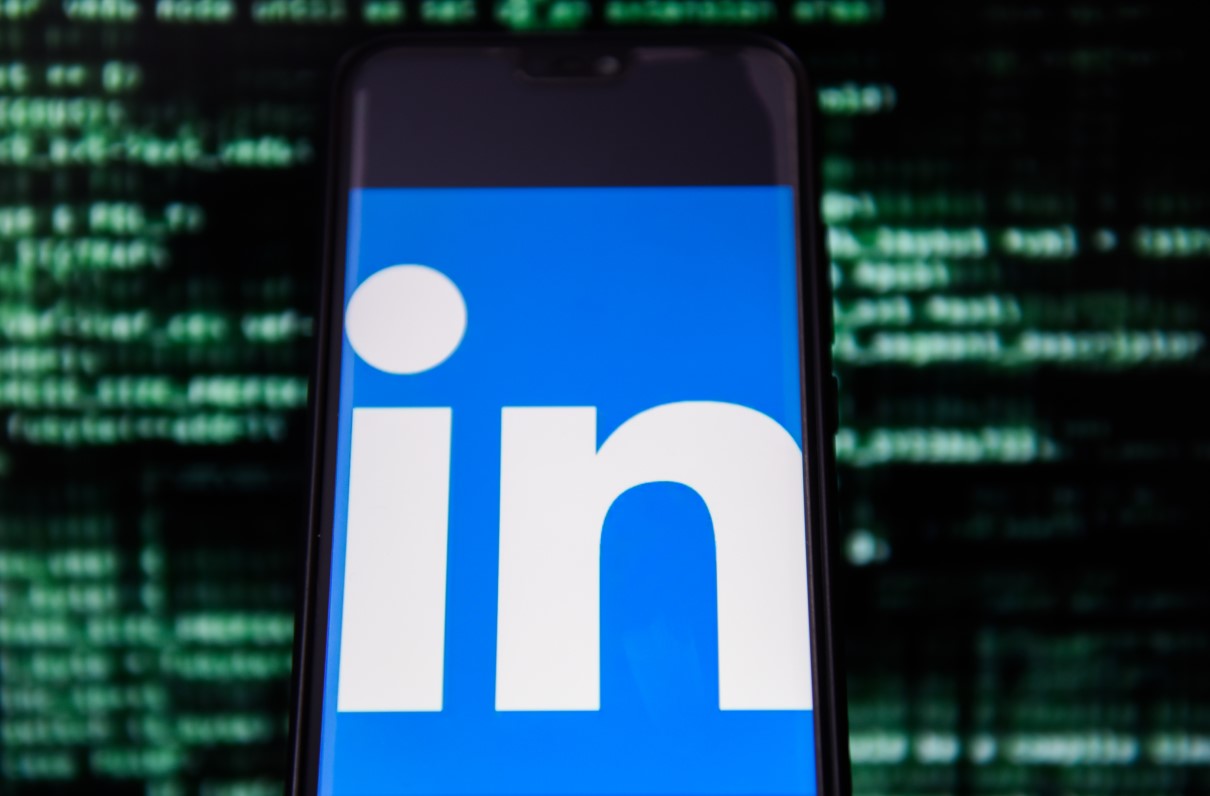By MOAA Staff
Job-seekers stress over their resumes, and rightfully so - a good one will get you on the path to your career goal, while a bad one will close some doors that your experience and skills should open.
But don't stop at the resume (whether you did it on your own or with some help), because your employer won't. If you make it past the first step in the candidate-screening process, chances are your employer (or recruiter) will flip the script - instead of you researching them, they'll start finding out more about you.
And that means they're going to your LinkedIn profile. And for some job-seekers, that could mean trouble.
While resume tips have been around for decades, the art of online profile management is a relatively new one. Fortunately, MOAA's experts have put together some tips for building a better LinkedIn page - one that, like a well-done resume, will make your case to employers, recruiters, and anyone else who stops by.
[RELATED: Using LinkedIn for Networking During the Military-to-Civilian Transition]
Check out these tips. Need more? MOAA Premium and Life Members can get personalized career resources; learn more about joining here.
- Yes, you have to build a profile. It's a simple step, but it's critical. If you don't have one, employers will wonder why not. It's also a must for online networking, and LinkedIn makes a great research tool.
- Do some digging. Use LinkedIn's search function to find others who are doing the job you want - look for keywords, skills, and experiences, and build them into your own profile and resume (assuming you've got the same background).
- Do some up-front branding. Get a professional photo (some networking events - like this one - may offer the service). Pay particular attention to the headline and summary fields - like a resume, first impressions matter. Put the important items at the top of all the fields. Follow up with a complete experience section and full set of skills to ensure the reader gets what they came for.
- Bullets are your friend. Keep the text readable, and you'll keep the employer engaged. Clearly explain how your skills translated into positive outcomes at previous positions. Use metrics if you can. Don't try too hard to translate your military titles - use the actual title and use the first bullet to explain what it means (and the size and scope of your responsibility).
- Go multi-platform. Everything looks great on your desktop? Super - what if your employer calls the profile up on an iPhone, a tablet, or some other device? Check out your profile from multiple angles. Better yet, ask a friend to call the page up on their device and ask if the first screen makes them want to view the full profile.
For more transition resources, visit MOAA's Transition and Career Center.
